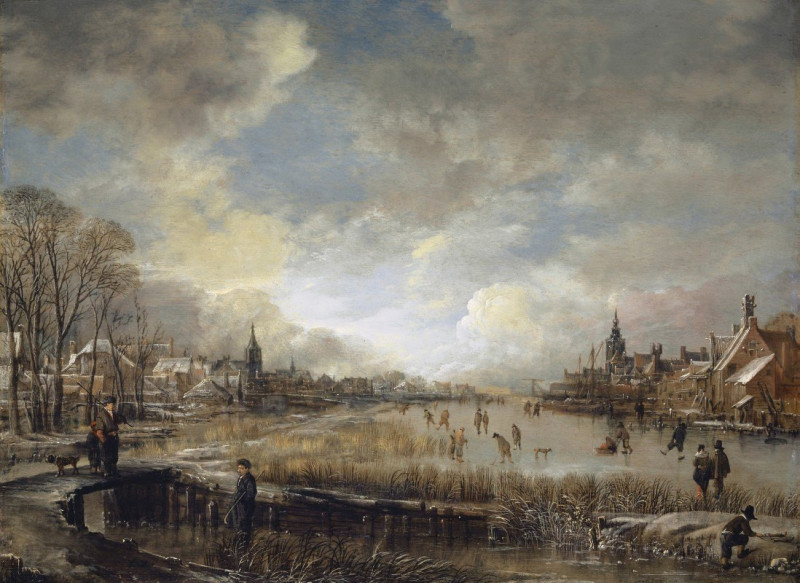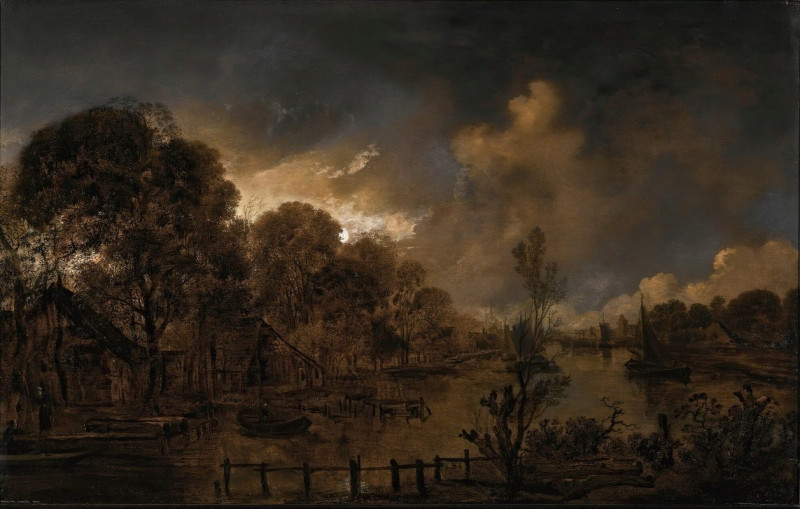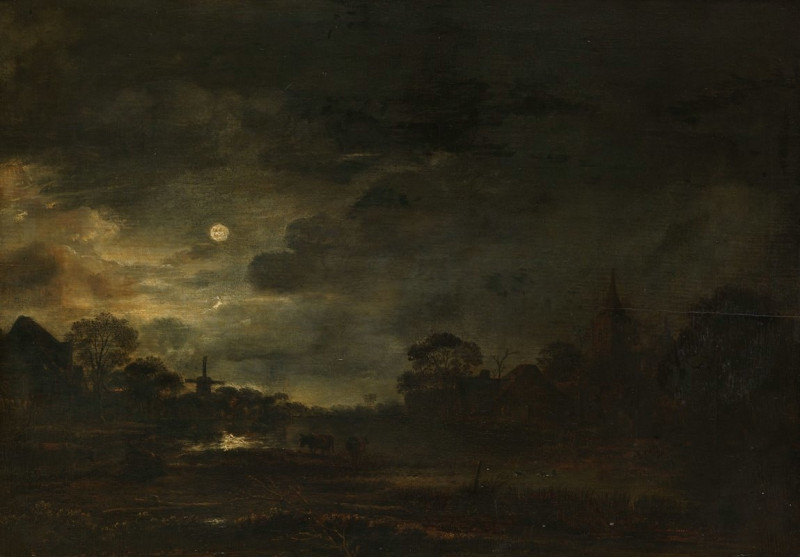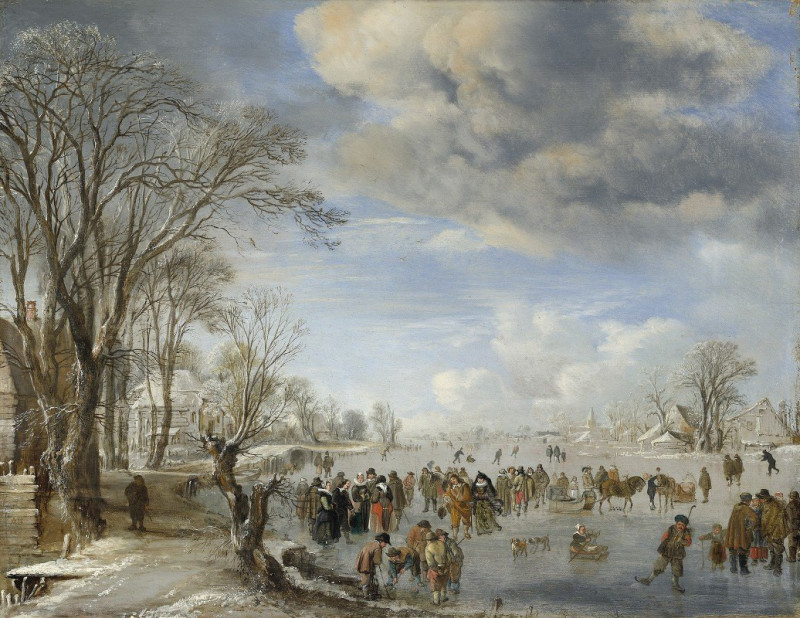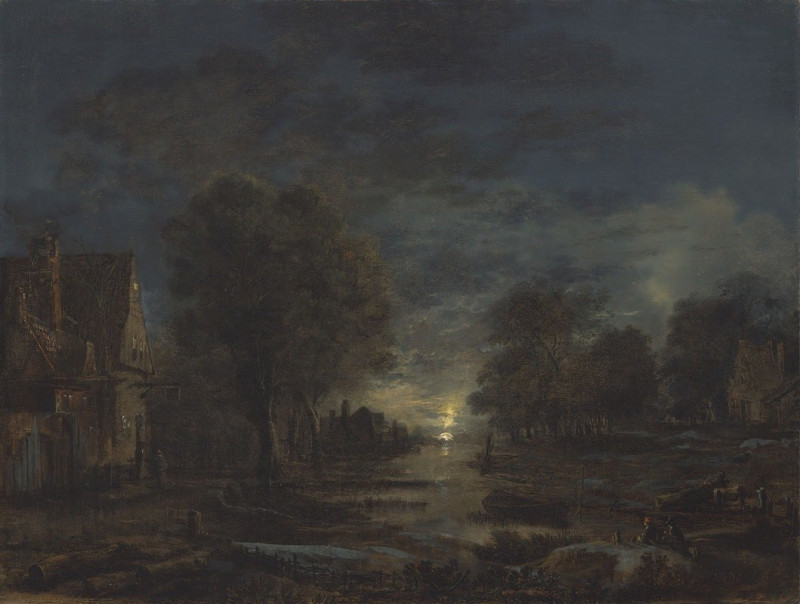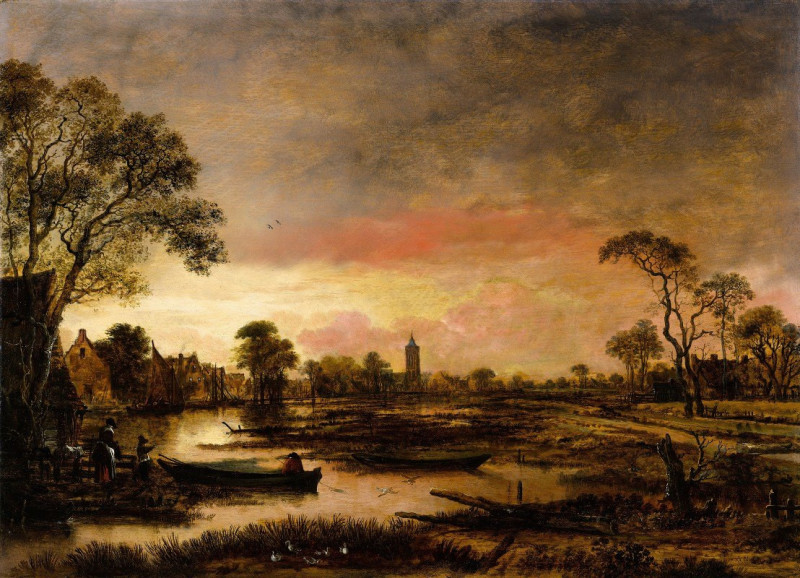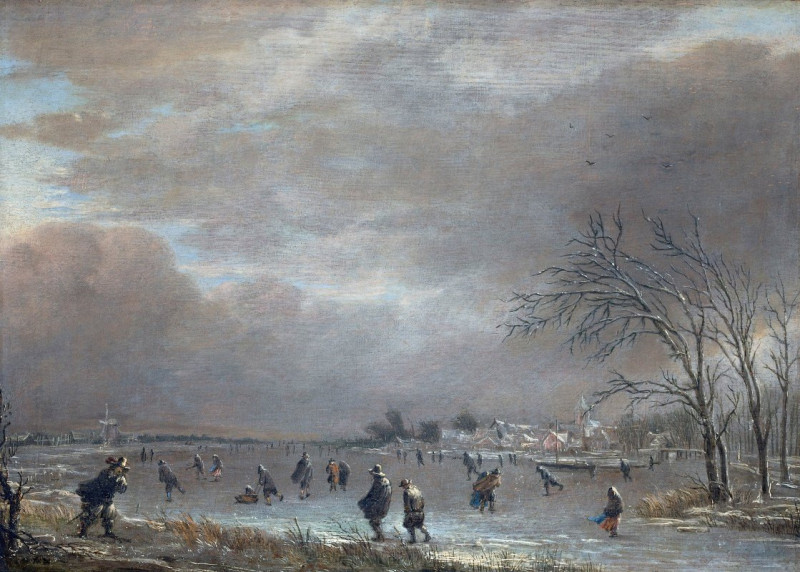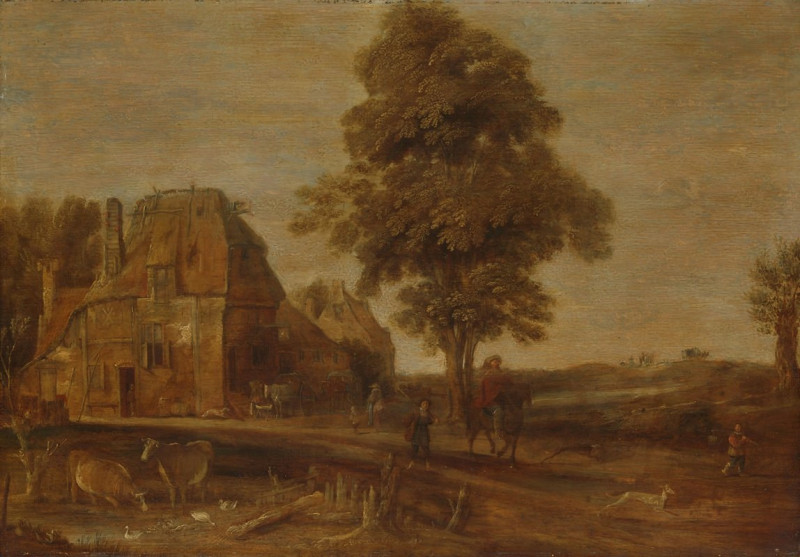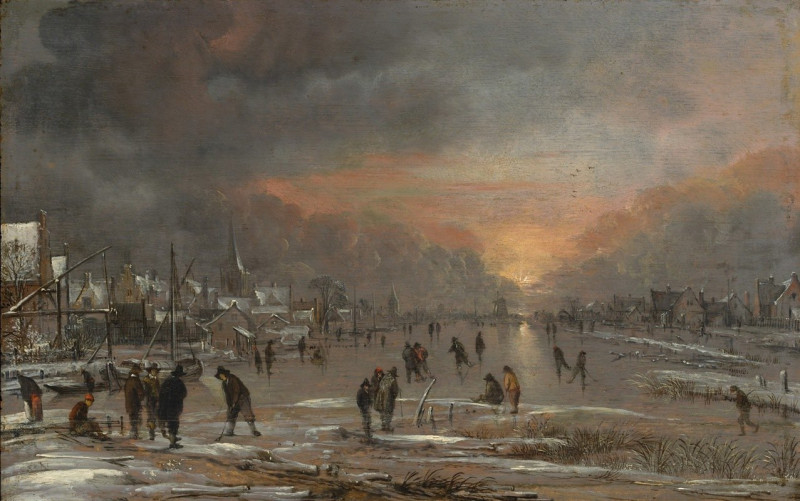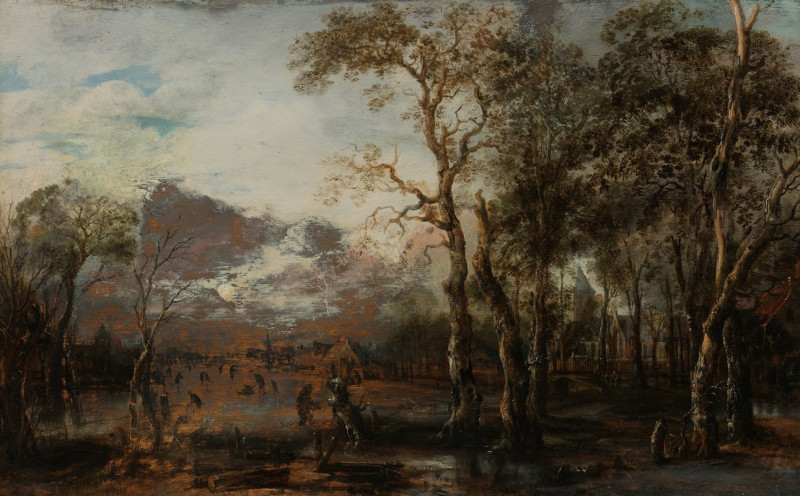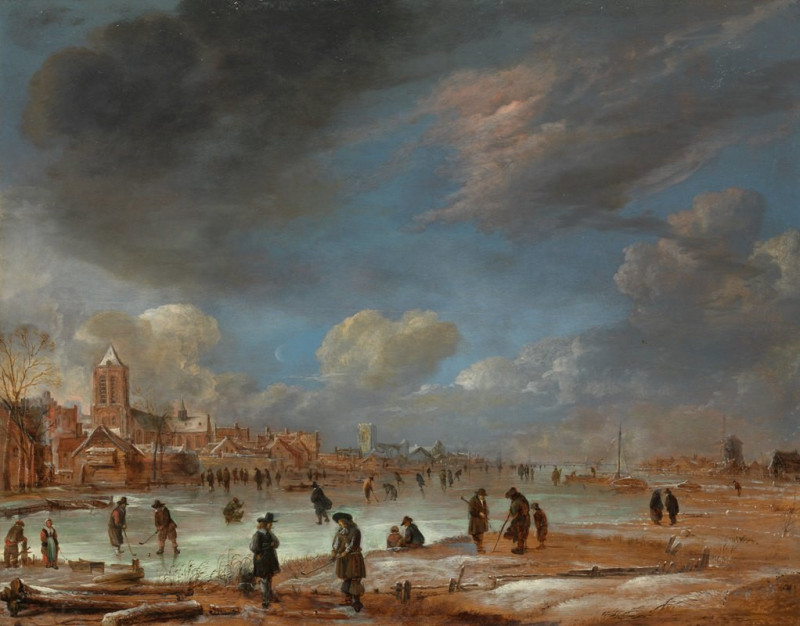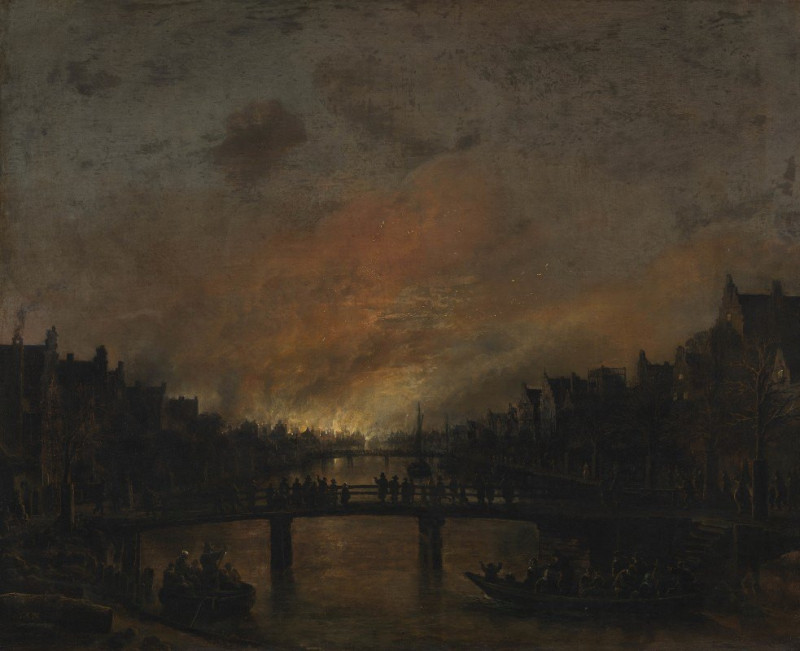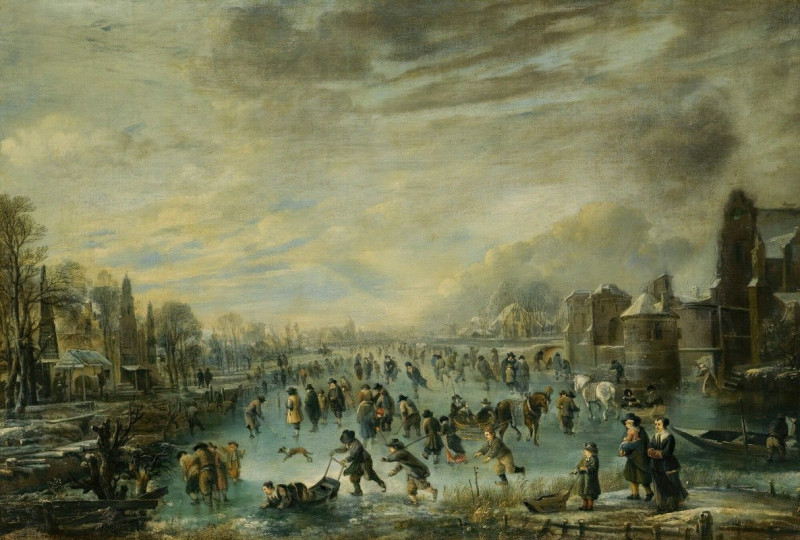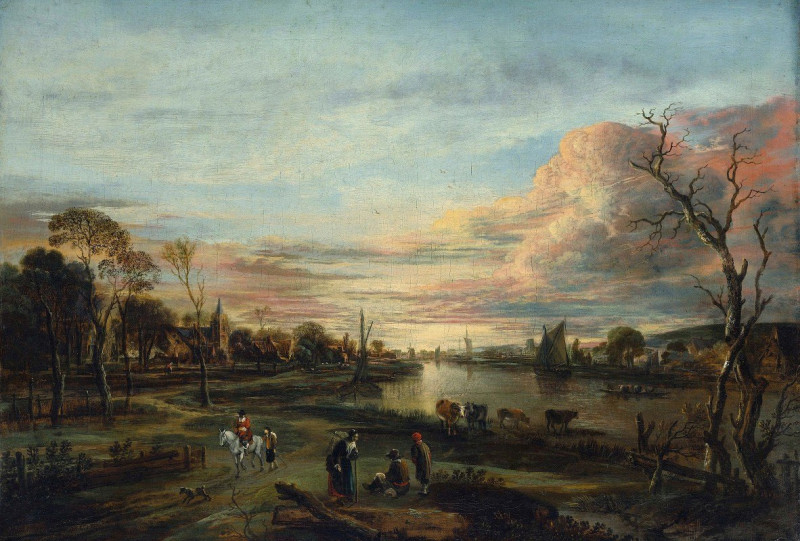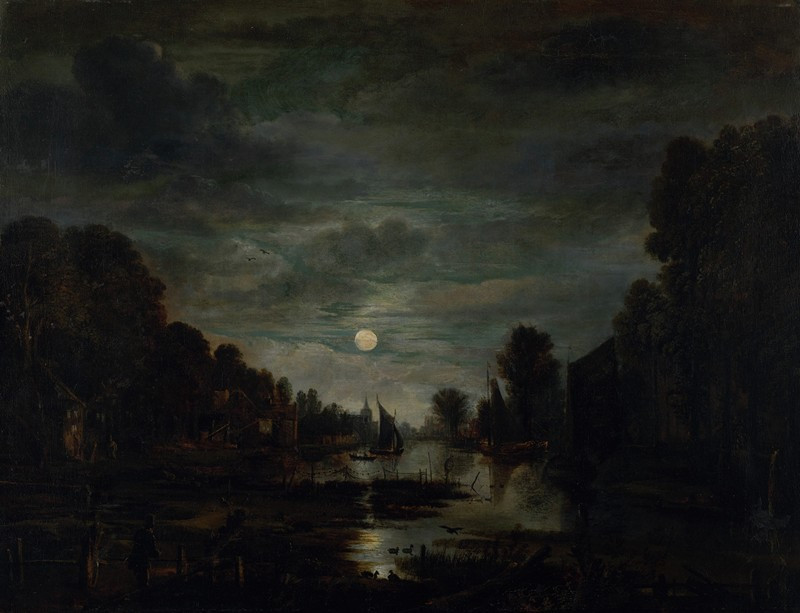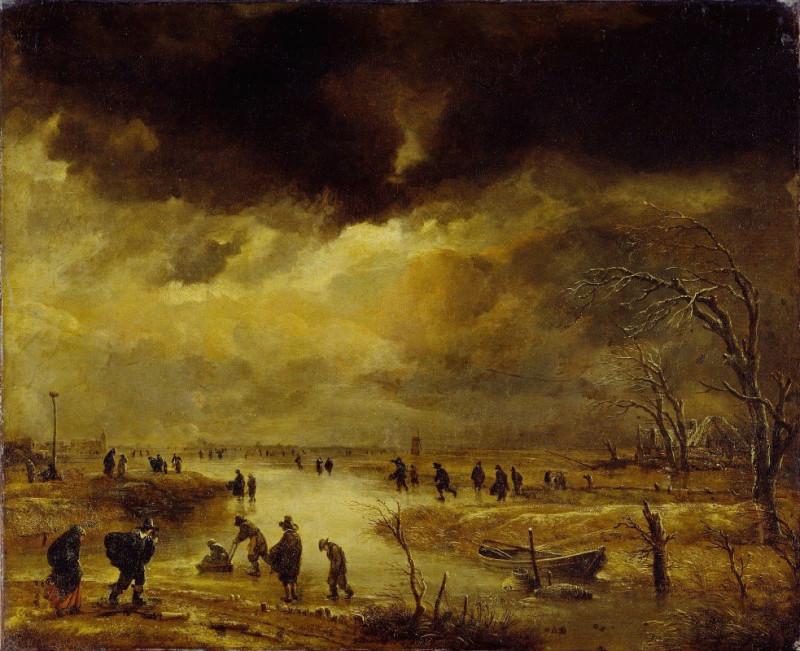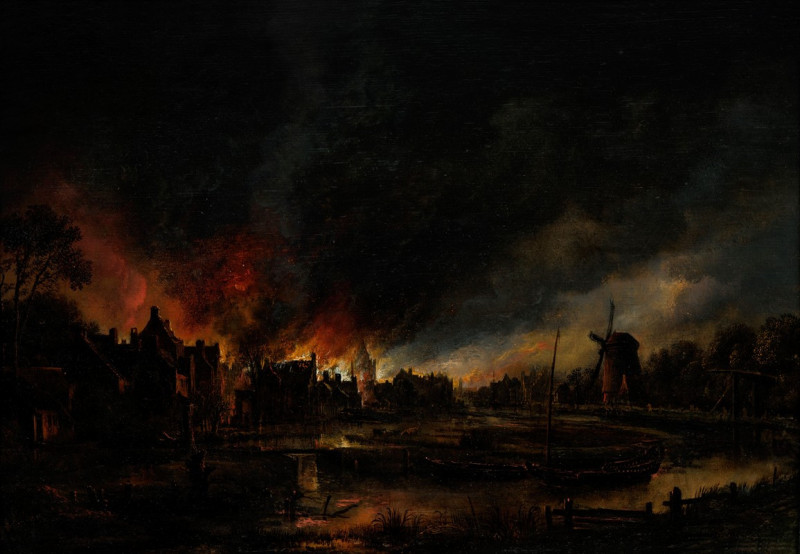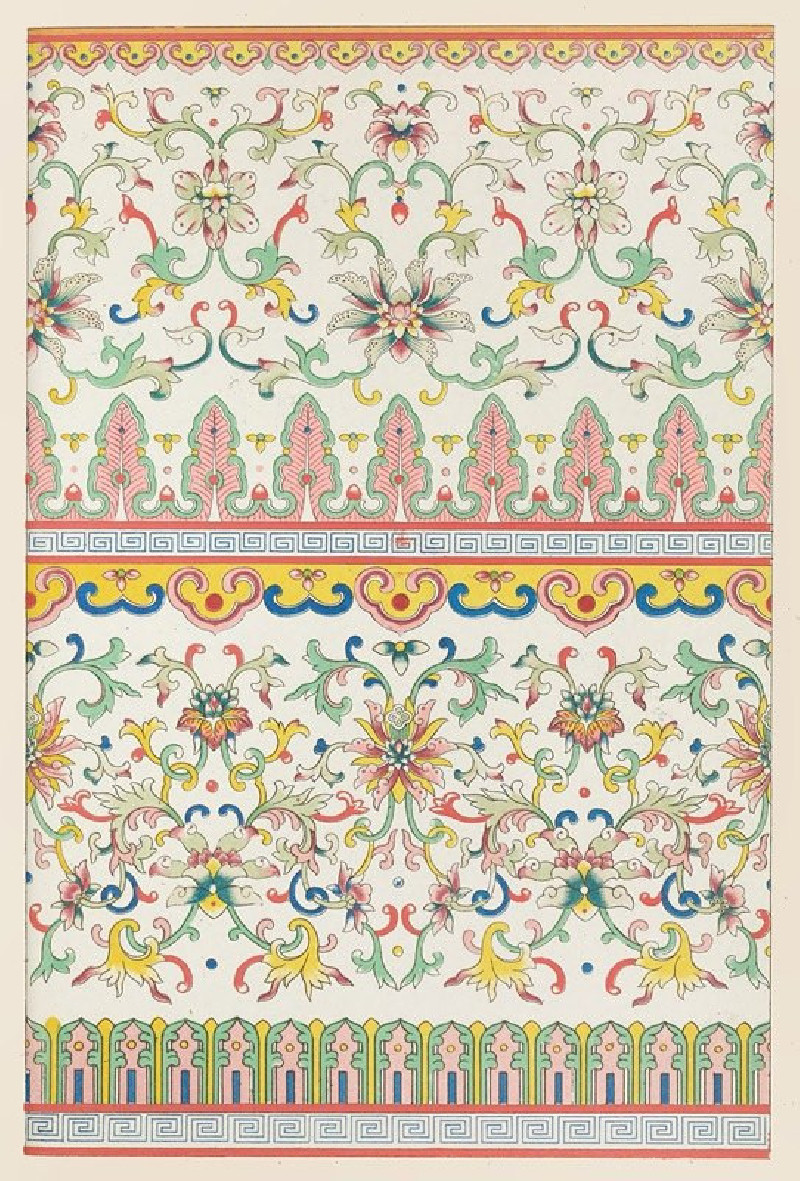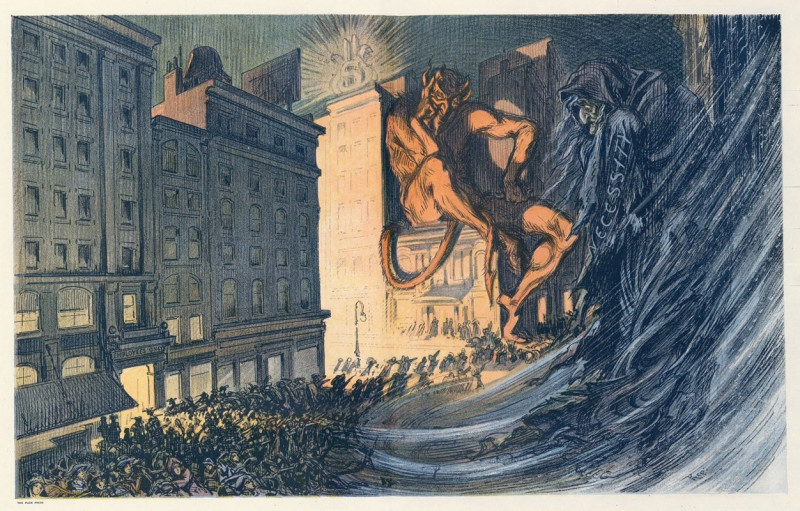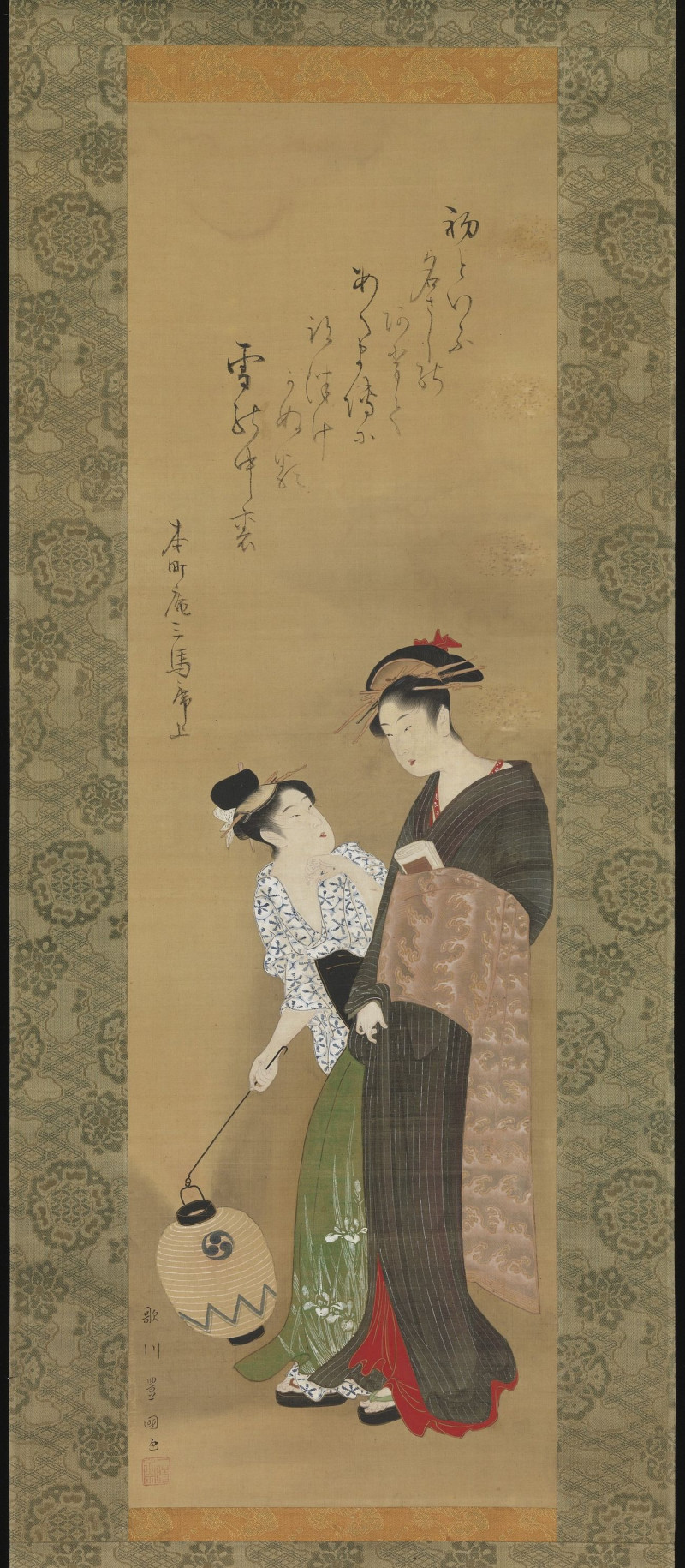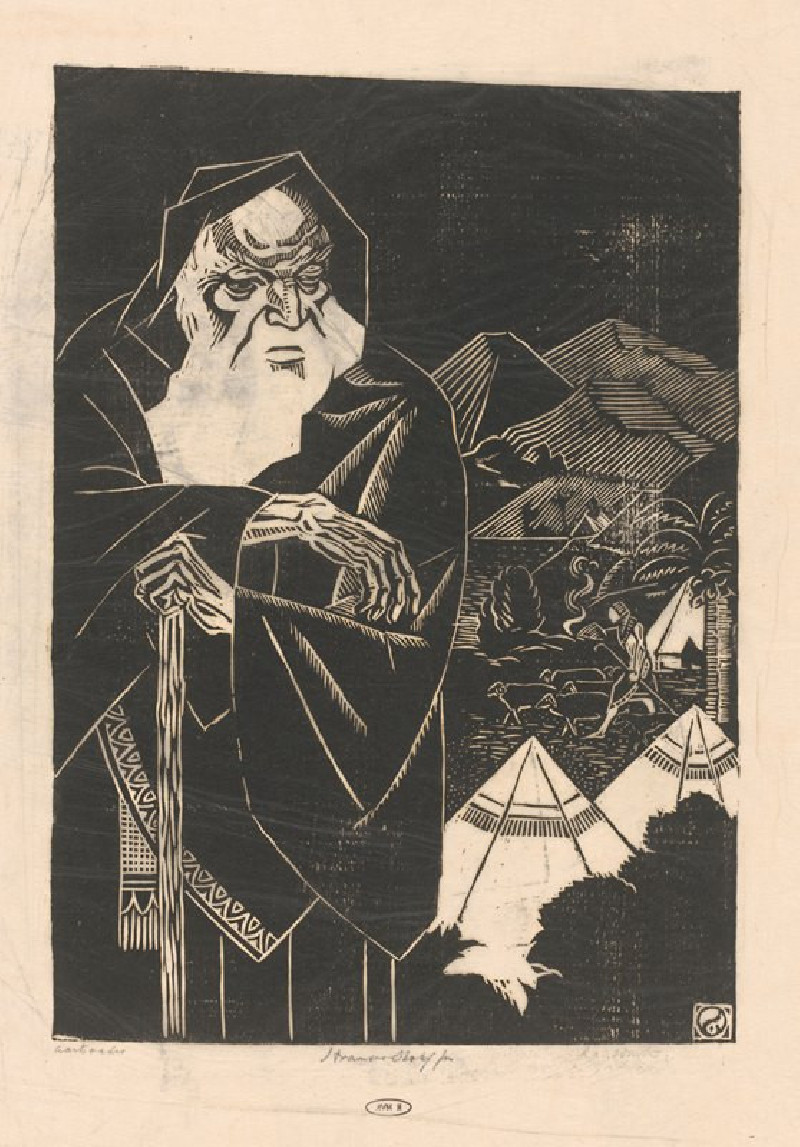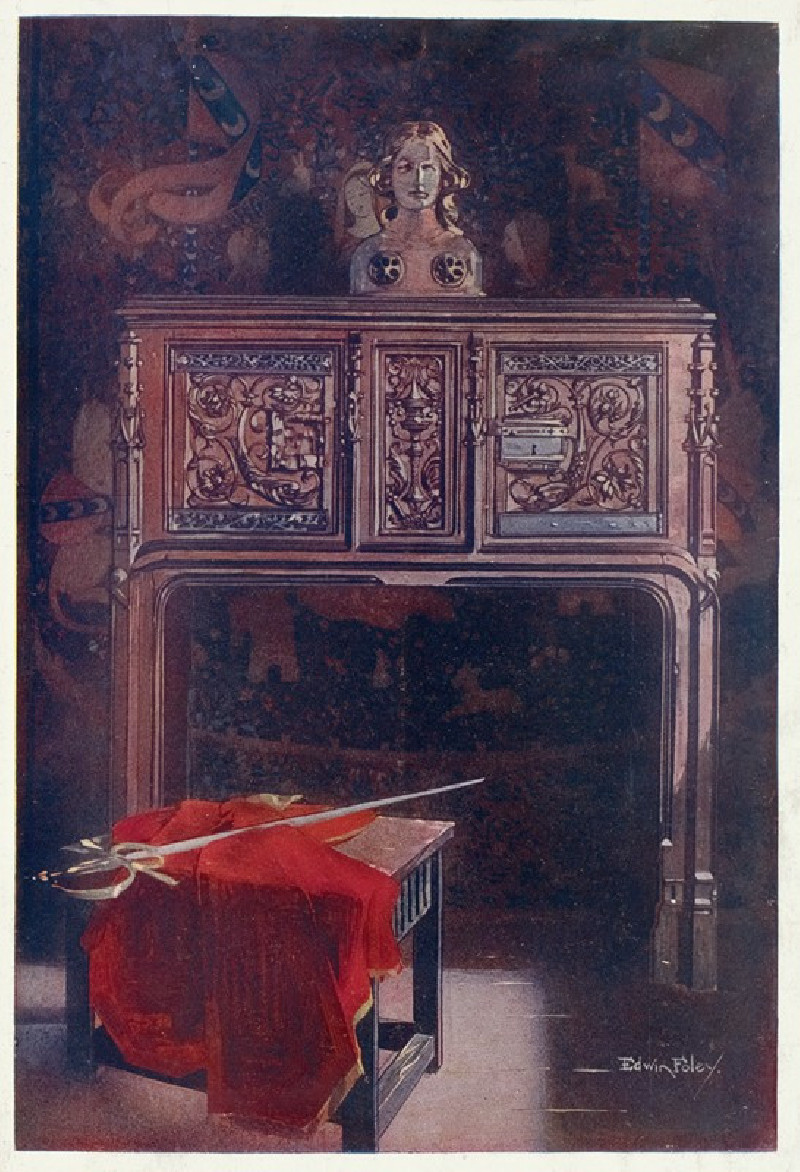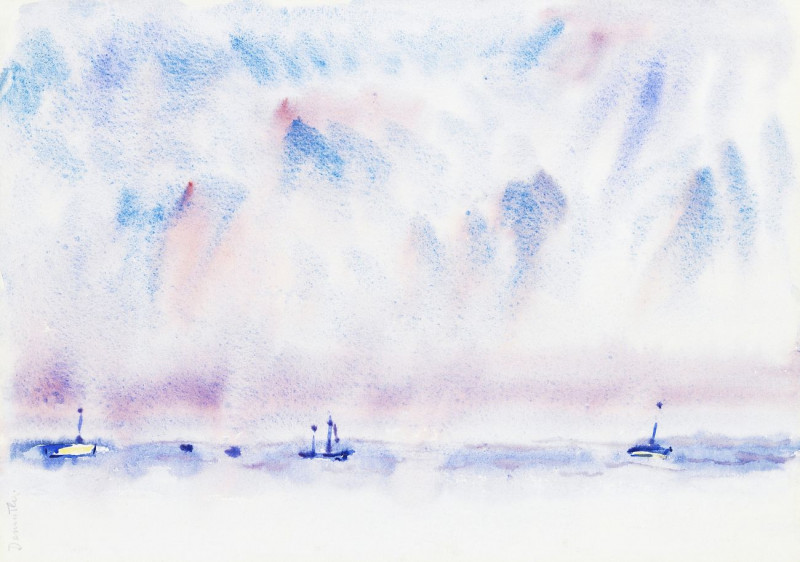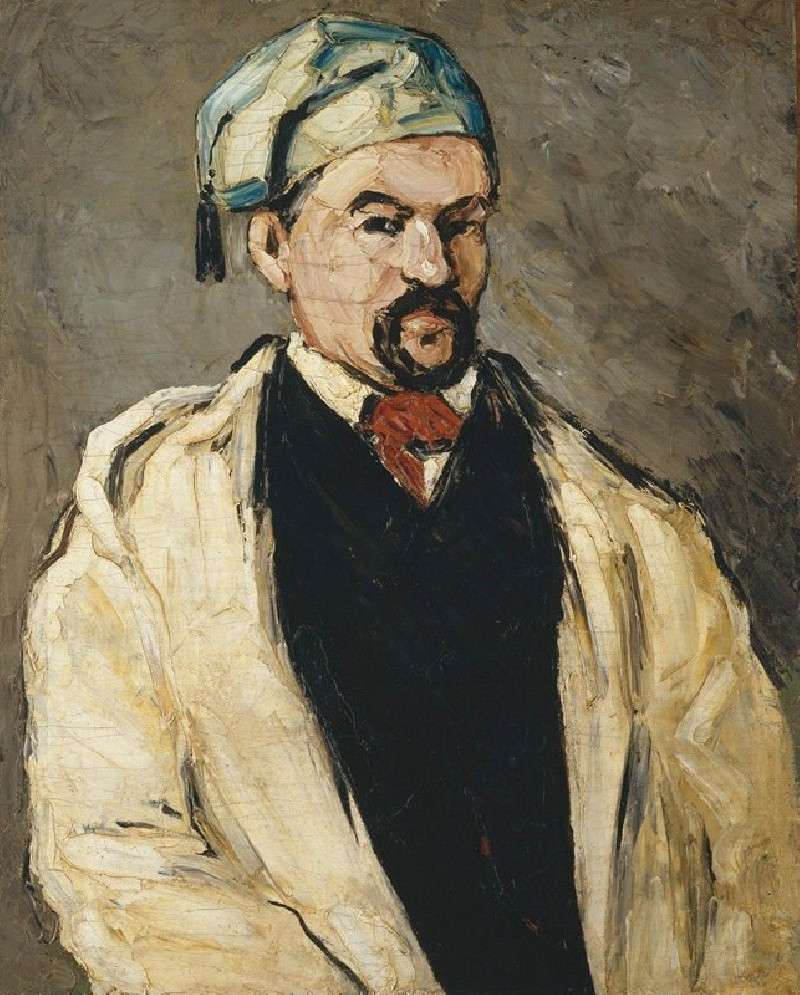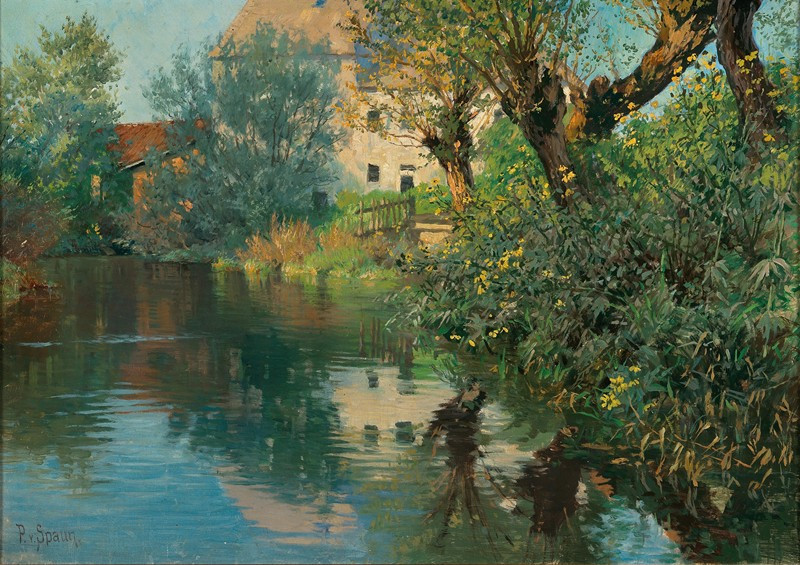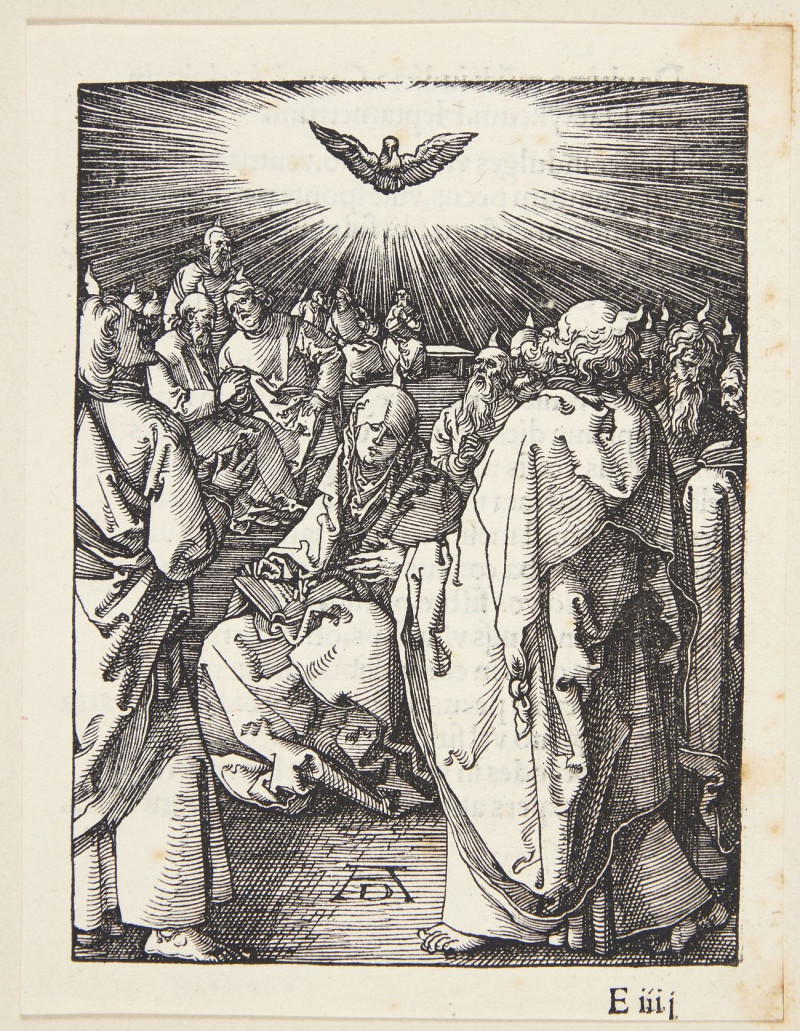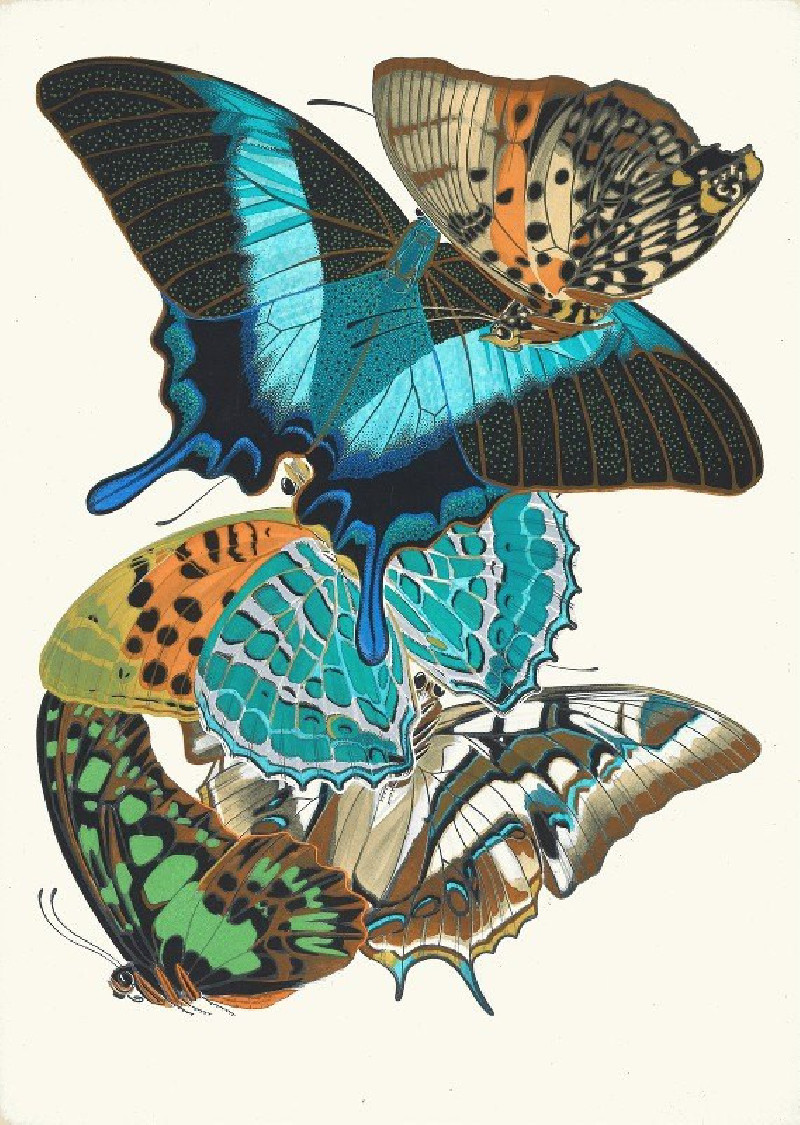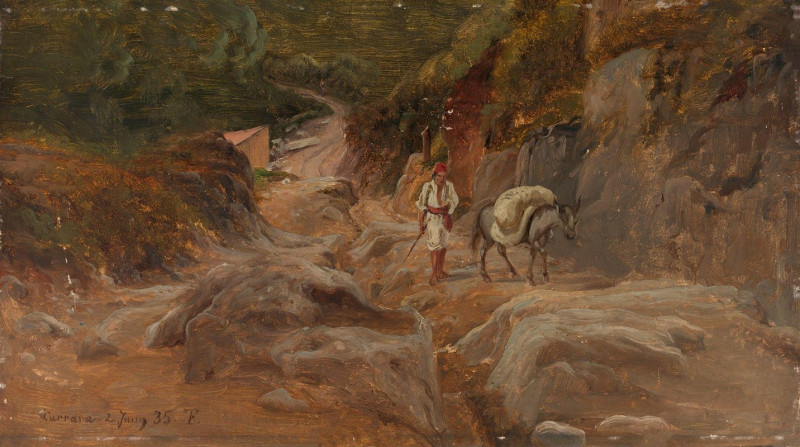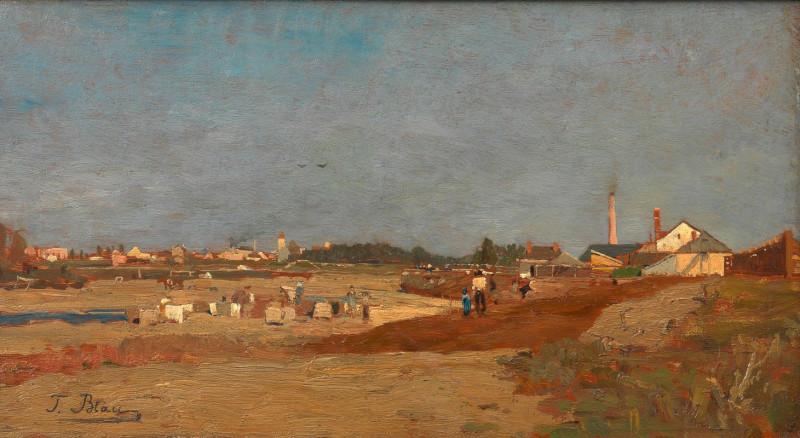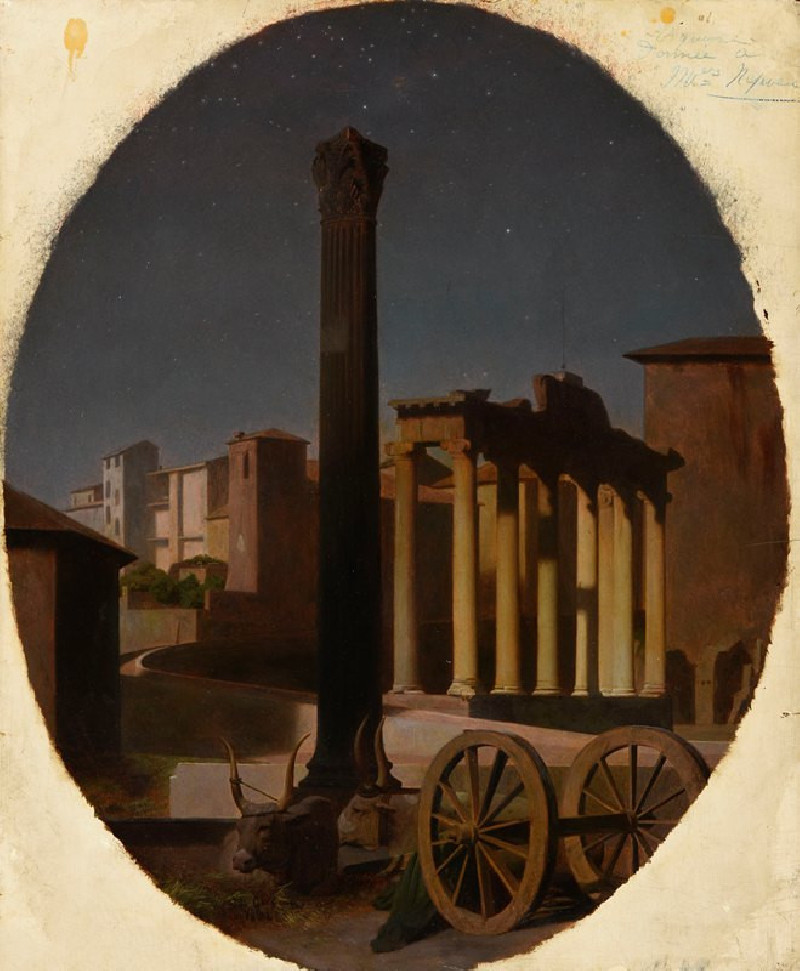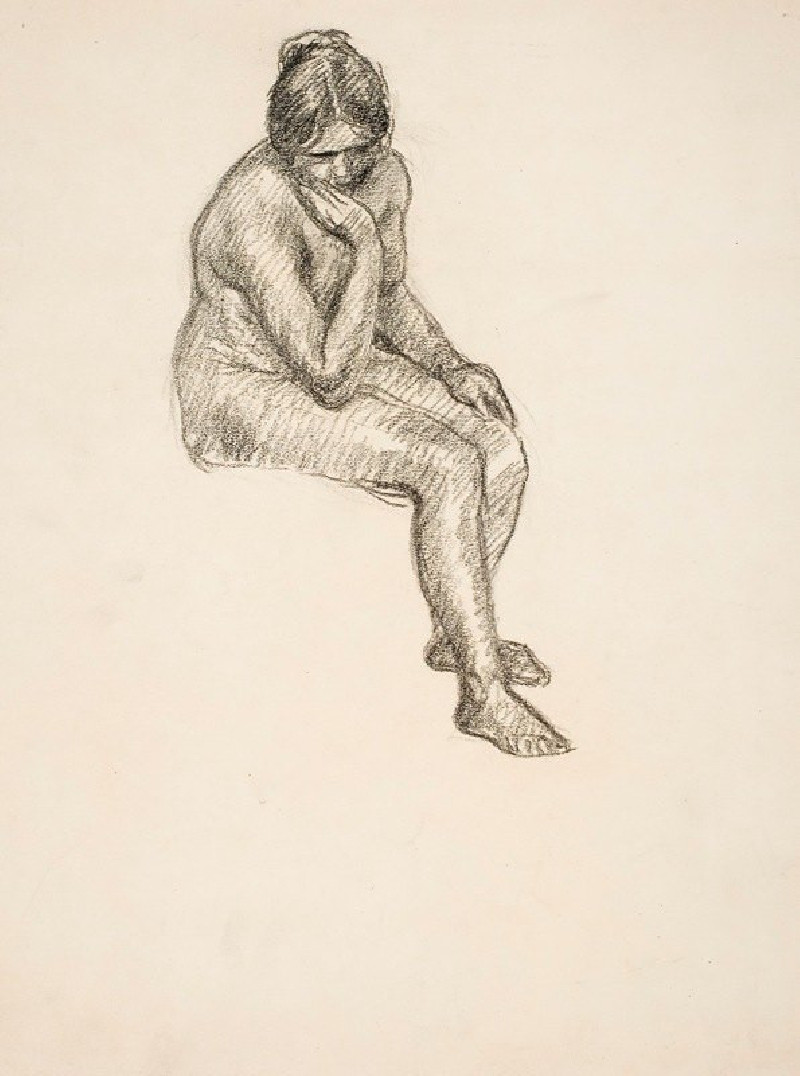Two Towns on a Frozen River with Golf Players and Ice Skaters (1660-65)
Technique: Giclée quality print
Recommended by our customers
More about this artwork
"Two Towns on a Frozen River with Golf Players and Ice Skaters" is an evocative painting by Aert van der Neer, capturing a lively 17th-century winter scene. In this vibrant depiction, the frozen river serves as the central stage for various winter activities, bustling with life and community interaction.The painting shows two towns, illustrated by charming rural architecture, including homes with steep gabled roofs and a prominent church steeple, typical of Dutch towns in that era. These buildings set the stage for the active figures in the foreground and middle distance of the painting.On the ice, a multitude of people of various ages are engaged in leisurely pursuits. Golf players can be seen swinging their clubs, a sport historically practiced on ice by the Dutch during the winter months. Ice skaters glide across the river, their movements adding dynamism and a sense of joy to the scene. These figures are not only engaging in activities but also interacting with one another, suggesting the communal spirit typical of the time.Further emphasizing the season, leafless trees frame the sides of the painting, their bare branches against the wintry sky. The sky itself is a dramatic element, with Van der Neer employing a masterful use of cloud work and light to suggest the changing weather, enhancing the overall mood of the artwork.In essence, the painting is not only a depiction of winter activities but also a vivid portrayal of community life and social interactions during the 17th-century Dutch Golden Age.
Delivery
Returns
Aert van der Neer, or Aernout or Artus (c. 1603 – 9 November 1677), was a landscape painter of the Dutch Golden Age, specializing in small night scenes lit only by moonlight and fires, and snowy winter landscapes, both often looking down a canal or river. He was a contemporary of Aelbert Cuyp and Meindert Hobbema, and like the latter he lived and died in comparative obscurity.

